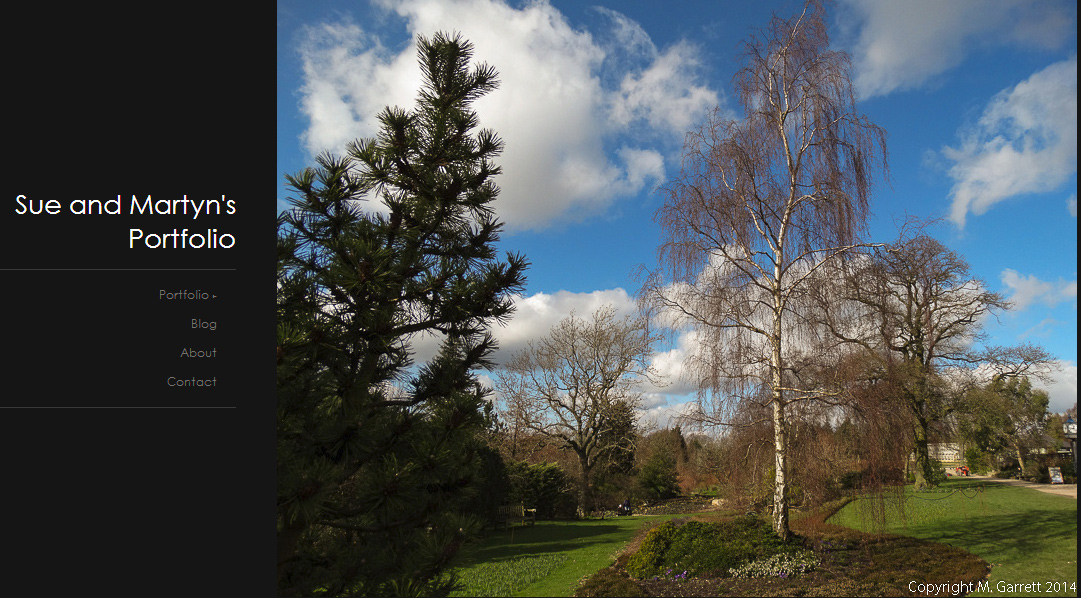Concern shifts from wet to cold
-
Throughout April our concern has been the lack of anything resembling a dry
spell of weather. However, the latter half of the month has been drier and
the ...
1 year ago










































It's hard to imagine that something so ugly turns in to a ladybird, the larvae are nothing like the adults.
ReplyDeleteIt seems to ve the morn in the insect world , Jo
DeleteYour plants are so healthy. It's either done a good job of hoovering up aphids or...
ReplyDeletewhoops I have just looked at your video again there are plenty at the top of your plants
The blackcurrants have plenty of greenfly, Roger
DeleteSuch a fascinating process Sue and well captured by you. I'm thinking that it would rather pleasant to be able to shed off my skin today.
ReplyDeleteI think on Wednesday you would have soon disappeared without it, Anna
DeleteNice to have them all in the garden. I saw some earlier in my garden (though probably a different species). I haven't seen any recently. Though I haven't seen many aphids except on the trees this year.
ReplyDeleteI'd prefer to have the natives rather than the harlequins though Daphne
DeleteI've actually never seen ladybug larvae in the garden - but we have a ton of ladybugs every year. Not sure why that is as they do look quite large & obvious and I can't believe I would miss them.
ReplyDeleteThey are easily overlooked, Margaret. I noticed o ne when picking the blackcurrants and once I had noticed one I spotted lots
DeleteGosh Sue, how fascinating! I did enjoy these pics! The ladybirds are really late this year, I'm only seeing the larvae now, we could do with thousands of them to sort the green fly out!xxx
ReplyDeleteWe have lots of aphids too, Dina, The nesting birds usually so a good clearance job
DeleteSo interesting! I've no idea about that. Thanks for sharing
ReplyDeleteGlad that you found it interesting, Endah
DeleteYou know - all the years I have been gardening I have never seen a ladybird larvae - I need to go to Specsavers!
ReplyDeleteWhen they are still they are not as obvious as the photos imply, Elaine
DeleteI have loads of them in my garden too, I didn’t know they actually attach themselves to the leaves – I tried moving some of the larva to one of the roses but couldn’t get them off :-)
ReplyDeleteThey only attach themselves when they are starting to pupate, Helene
DeleteI never seen a lady bird larva too! I must be too ignorance! Lovely video! ;)
ReplyDeleteIf the larva is spijy is a Harlequin ladybird no spikes and it is one of our natives, Not sure which kind is native to your area Malar
DeleteSue you show a larvae I've never seen it that isn't a surprise: there are a few lady birds in gardens here . Have no idea why.
ReplyDeleteMaybe you don't have enough aphids for them, Nadezda
DeleteReally great photo's and video Sue, well done
ReplyDeleteA fascinating process and good to see. Something I have never seen before either. I'm lucky if I find 1 ladybird a year in my garden. I've thought about buying some until somebody pointed out that if they fly away it would be a waste of money!
ReplyDelete